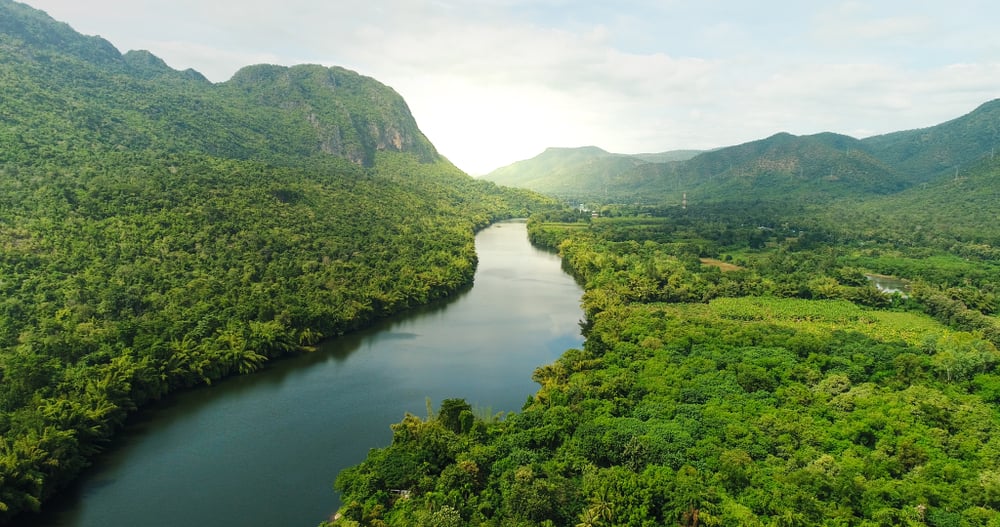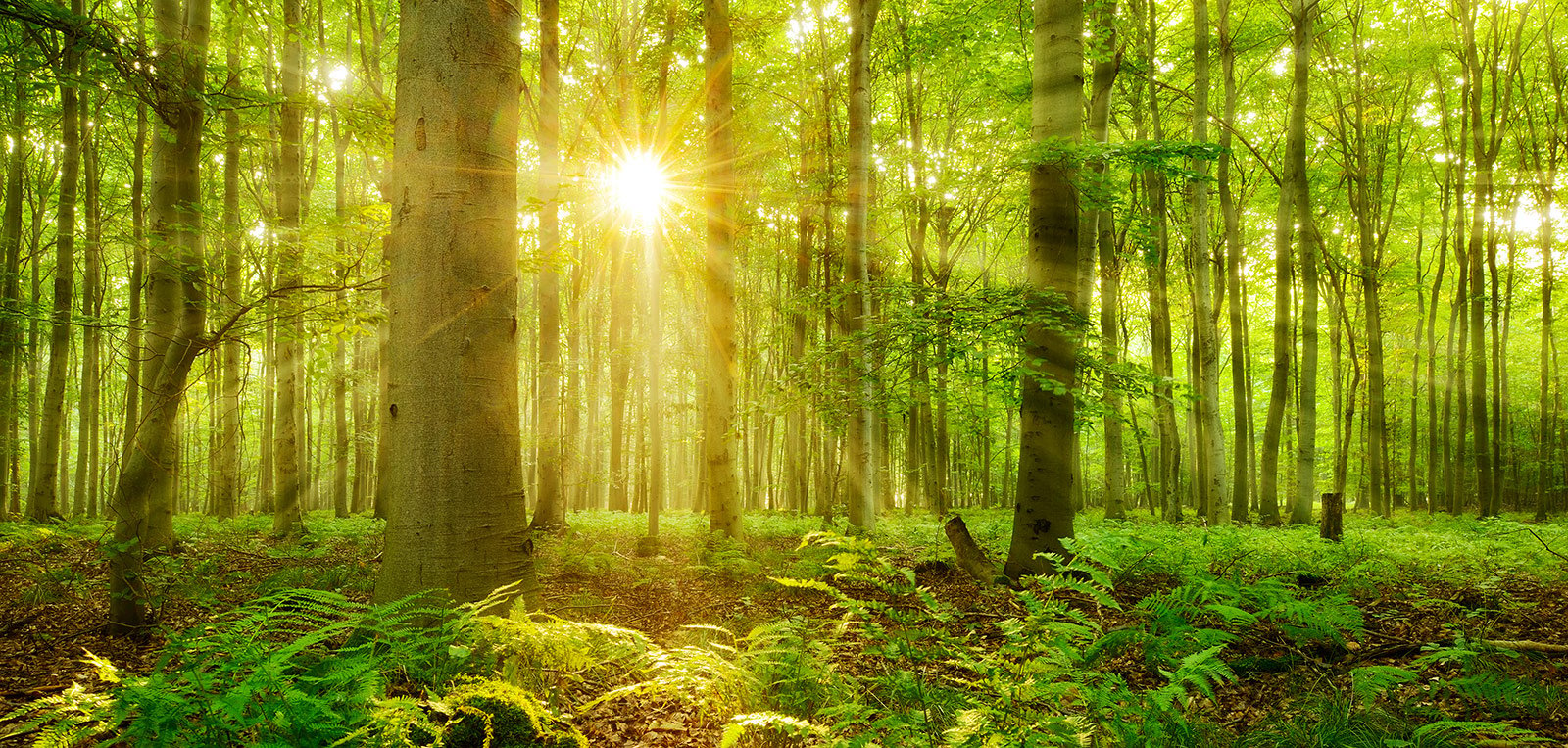The goal: save the planet. The tools: biodiverse lands, blockchain, tokenization and a stock exchange for natural values. Single.Earth might be sowing the seeds of a revolution in the way we preserve nature.
Key takeaway
- Single.Earth is a digital platform connecting landowners and investors
- Landowners are remunerated to preserve their natural territories, while investors benefit from balancing their carbon footprint
- Like gold, the created tokens have an intrinsic value as they are backed by real world assets
- The carbon offset market could be worth around $500 billion by 2050
- In the end, CEO and founder of Single.Earth believes in the tokenization of the entire planet
The concept
A company that creates income from trees without cutting them down? This may sound absurd but stick with me. Single.Earth is a digital platform that connects landowners with businesses, so that they have a chance to offset their carbon emissions and protect biodiversity by paying landowners to conserve their forests and wetlands. It is an indirect way for businesses to balance out their carbon footprint and eventually become “carbon neutral”.
Single.Earth’s platform turns the environmental benefits that trees provide, such as absorbing CO2 and increasing biodiversity into a tradeable asset. This incentivizes landowners to protect the environment, while having a remuneration for doing so.
The process of Single.Earth
The process of tokenization, land certification and maintenance is rather straightforward and goes as follows:
- Landowners enter their property on the Single Earth marketplace
- Single Earth sends out biologist to assess the ecological – and not economical – value of the land.
- The company tokenizes the property.
- Investors – corporate or individuals – can buy these tokens, getting carbon offset credits.
- They now legally owned a percentage of the land they bought.
- The tokens generate profit through the carbon offset but can also be traded just like any other asset, with a fluctuating value.
- To make sure that the value of the investment is maintained and left untouched, Single Earth monitors the land via satellite, air quality sensors and other measures.
The philosophy of value
What we have here is, as mentioned above, the tokenization of land, forests, swamps, or any area of rich ecological significance. If it helps business offset their prints, it rewards landowners without needing them to destroy ecological resources.
One interesting element of Single.Earth tokens is that they are nature-backed. That is to say, they represent assets in the real world, with real values behind them. This could be compared to precious metals such as gold, which also had a real and physical value linked to it.
In contrast, its value is much more real than traditional tokens or cryptocurrencies. Bitcoin has a value derived from scarcity and demand. If you take away these elements, all you are left with is a string of numbers. To push the reasoning a little further, even fiat currencies such as the US Dollar and the Euro, are nothing but collective fictions that store value. Their value rests on the assumption that everyone is convinced of it, but in the end, it is nothing more than a commonly accepted story.
Nature seems to be the new gold according to Single.Earth, but it is not liquid, portable, nor easily dividable and tradeable. What Single.Earth tried to do is to bring back nature in our capitalistic system, not to exploit it, but in the aim to protect it by making it tradeable, paradoxically.

Now in Estonia, later everywhere
Single.Earth is based in Tallinn, Estonia, not without reason. Indeed, Estonia is a county rich in forest, with over half of its territory covered by trees. Sadly, Europe has recently seen a sharp increase in tree harvesting, an issue that deeply concerned the founders.
If the project meets success, Single.Earth hopes to expand throughout Europe and other continents. According to the World Economic Forum, the carbon credit market – as we call the market to offset one’s carbon print – could be worth $500 billion by 2050, from only $600 million in 2019. “Carbon offset and biodiversity offset are actually markets functioning today, but they are not accessible to most forest owners and landowners,” Single.Earth Chief Executive Merit Valdsalu said. She also added that the returns from offset projects could generate 5% annual returns for landowner investors.
So far, the company has raised a first round of $3.9 million, from CRM start-up Pipedrive. The three founders of Pipedrive were looking to invest money not only in banks and stock markets but were also looking for a biodiversity and natural resources. Single.Earth was the perfect solution, and they hope to reach $10 million in funding very soon.
Tokenizing the world?
The company does not have a small plan. On the contrary, it seems outrageous in its scope. “Our end goal is to pave the way to nature-backed banking, because that’s the way we can integrate nature preservation into our everyday life so that the economy would support the preservation of nature,” Valdsalu says. “And that’s the only way that it can actually work.”
The question that naturally arises is the following: does this mean that, ultimately, we will have to tokenize the whole planet?
“Yes,” was the answer, without an ounce of doubt in her voice. In a way, it is indeed sad that we cannot value nature unless we extract things from it, while at the same time, it is quite interesting that we can value nature in our capitalistic economy by assigning value to it ourselves. Either way, in my humble opinion, any project to help save biodiversity and the realms of plants and animals, will always be welcomed.






